What is a Supermax Prison?
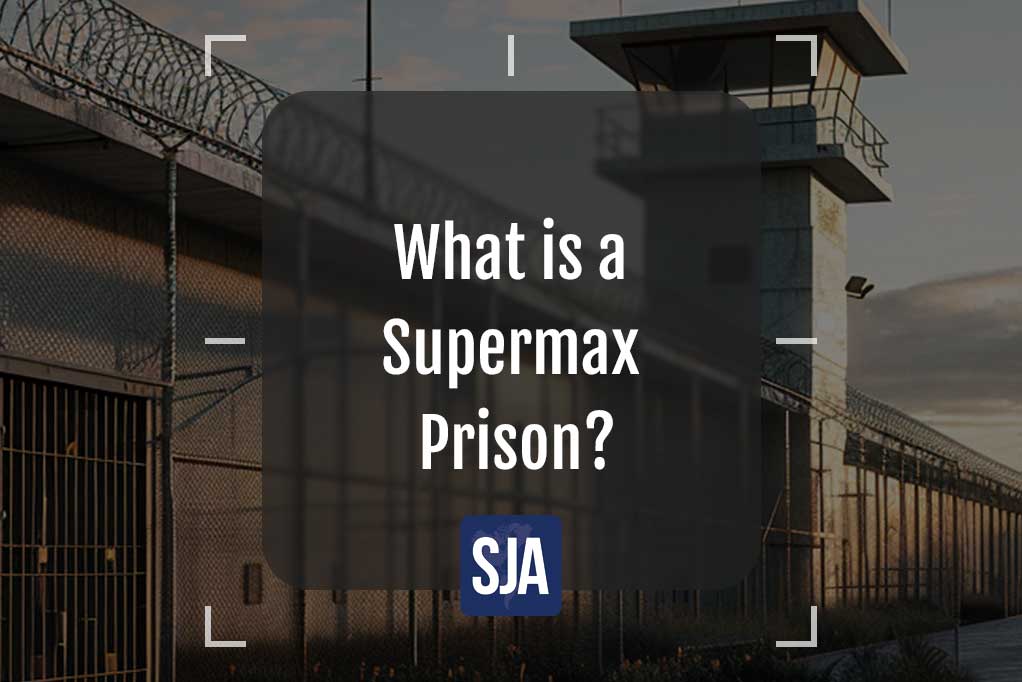

Simon Burge
Share this content
When talking about prison or jails, Supermax prisons stand as symbols of heightened security and intense confinement.
Also known as “administrative maximum” or “ADX” prisons, these facilities house some of the most dangerous and high-profile inmates.
In this article, we will delve into the world of Supermax prisons, examining exactly what is a Supermax prison, their purpose, the controversies surrounding their use, as well as some notable Supermax prisons and prisoners.
Article Chapters
ToggleWhat is a Supermax Prison?
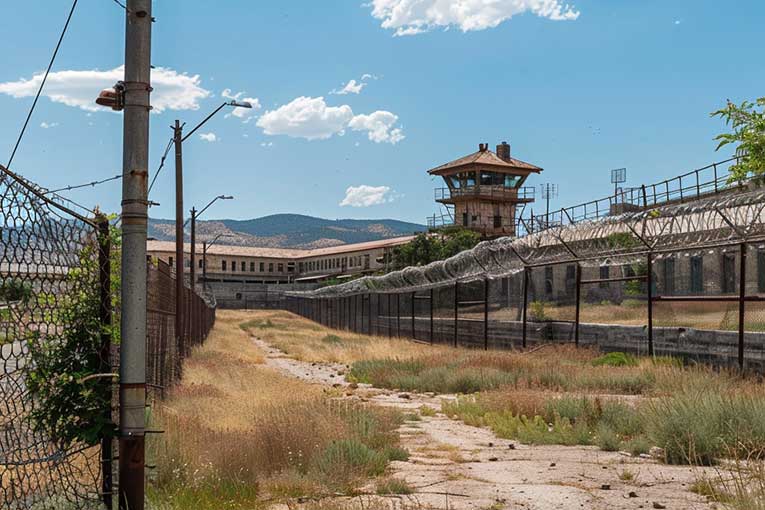
A Supermax prison, short for ‘super-maximum security,’ stands at the apex of the correctional system, embodying the pinnacle of security measures.
It is purposefully crafted to confine individuals deemed the most dangerous and disruptive within the prison population.
These facilities are synonymous with extreme isolation, intense security protocols, and a meticulous emphasis on minimising inmate interactions.
The architecture of Supermax prisons is designed to thwart any potential security breaches and to ensure an unparalleled level of control over the incarcerated individuals.
This goes beyond the measures found in standard correctional facilities, with a focus on addressing the unique challenges posed by high-risk inmates.
The term “Supermax” encapsulates the concept of superlative security, emphasising the maximum measures employed to prevent escapes, maintain order, and safeguard both staff and inmates.
Within the stark confines of Supermax institutions, inmates often face extended periods of solitary confinement, restricted privileges, and constant surveillance.
These conditions are implemented to prevent violent incidents, escape attempts, or any form of disruptive behaviour.
The rationale behind Supermax prisons centres on the notion that such extreme measures are necessary to manage and control individuals who pose significant risks to the safety and security of the prison environment and society at large.
Why are Supermax Prisons Used?
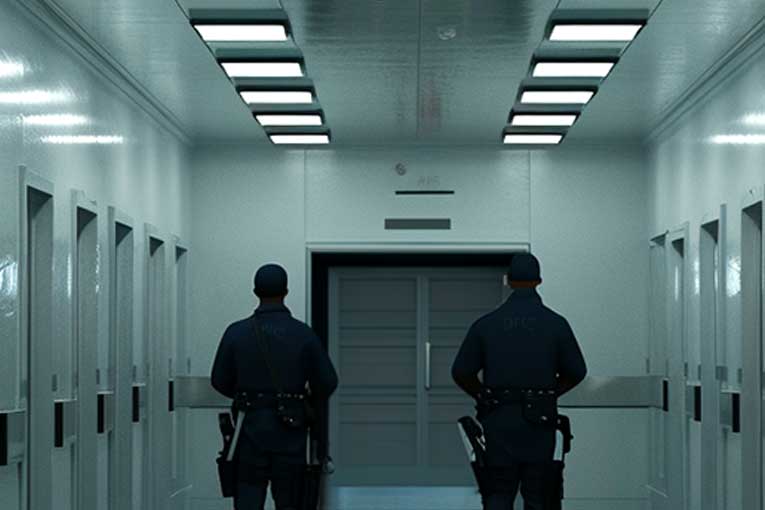
There are many reasons why Supermax prisons are used, with the main reasons being:
Security
Supermax prisons are employed primarily to address security concerns associated with inmates deemed highly dangerous or disruptive.
The heightened security measures in these facilities aim to prevent escapes, reduce the risk of violence, and ensure the safety of both staff and inmates.
High-Risk Inmates
These institutions serve as specialised environments for managing individuals with a history of violent behaviour, escape attempts, or gang affiliations.
By isolating such high-risk inmates, Supermax prisons aim to minimise the potential for disturbances and maintain control over those who may pose significant threats.
Prevention of Gang Activities
Supermax facilities play a crucial role in preventing the formation and activities of gangs within the prison system.
The extreme isolation and restricted interactions limit the opportunities for inmates to organise and engage in illicit activities, contributing to overall institutional safety.
Staff Protection
The utilisation of Supermax prisons is driven by the imperative to protect both correctional staff and other inmates from the potential harm posed by high-risk individuals.
The controlled and isolated environment mitigates the risks associated with violent confrontations or attempts to manipulate and control the prison population.
Public Safety
By segregating high-profile and dangerous individuals within Supermax prisons, authorities aim to enhance public safety.
The stringent security measures and isolation protocols help ensure that individuals with a history of severe criminality are securely confined, minimising the potential risk they pose to society.
How are Supermax Prisons Different to Normal Prisons?
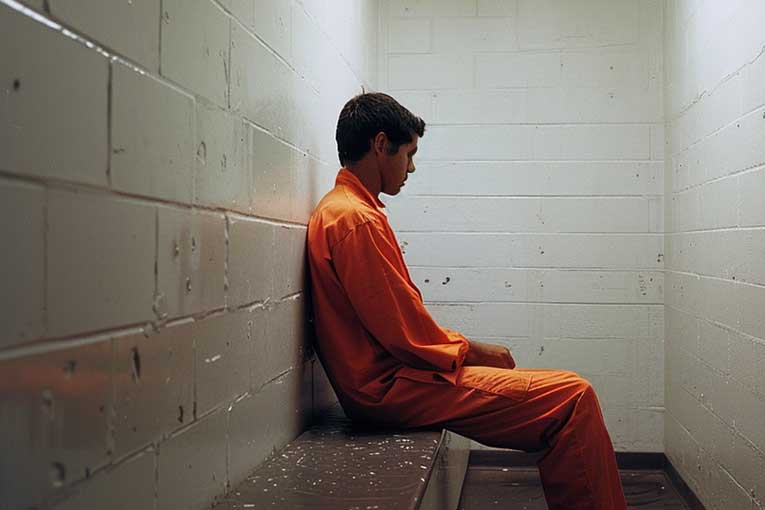
When compared to a standard prison, Supermax prisons have a number of differences which make them stand out:
Security Measures
Supermax prisons differ significantly from normal correctional facilities in terms of security measures.
While standard prisons may have security protocols, Supermax institutions employ an exceptionally heightened level of security to manage high-risk and dangerous inmates.
This includes advanced surveillance systems, electronic monitoring, and stringent access control.
Extreme Isolation
One of the defining characteristics of Supermax prisons is the extreme isolation of inmates.
Unlike normal prisons, where inmates may interact with each other in common areas, Supermax facilities often feature solitary confinement cells.
Inmates spend the majority of their time in isolation, with limited opportunities for socialisation or recreation.
Limited Privileges
Normal prisons typically offer inmates a range of privileges, such as access to educational programs, vocational training, and recreational activities.
In contrast, Supermax inmates experience severe restrictions on privileges.
They may have limited or no access to communal spaces, educational programs, and recreational facilities.
Controlled Movement
In Supermax prisons, inmate movement is highly controlled.
In normal prisons, inmates may move relatively freely within designated areas, attend communal meals, and participate in group activities.
Supermax facilities, however, often involve strict movement controls, with inmates escorted individually and under close supervision.
Specialized Staff Training
Supermax prisons require specialised training for correctional staff due to the unique challenges associated with managing high-risk inmates.
Staff in Supermax facilities undergo additional training to handle extreme security measures, isolation-related issues, and potential behavioural challenges posed by inmates with a history of violence or disruption.
Focus on Prevention
While normal prisons may prioritise rehabilitation and reintegration, Supermax prisons are primarily focused on preventing disturbances, escapes, and violence.
The emphasis is on maintaining control over inmates with a heightened potential for disruptive behaviour and ensuring the safety and security of the prison environment.
What are the Benefits to Supermax Prisons?
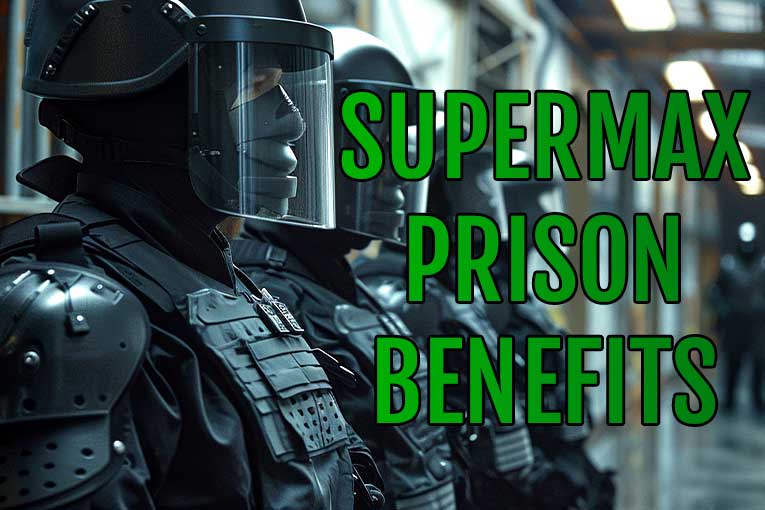
Supermax prisons, despite their controversy, are designed with specific objectives in mind, and proponents argue that they offer several benefits:
Enhanced Security
The primary benefit of Supermax prisons lies in their ability to provide an extremely high level of security.
By implementing advanced security measures, electronic monitoring, and controlled access, these institutions minimise the risk of escapes, violence, and other security breaches.
Isolation for High-Risk Inmates
Supermax facilities effectively isolate high-risk and dangerous inmates from the general prison population.
This isolation is considered a benefit as it prevents potentially disruptive individuals from influencing or harming others, contributing to overall institutional safety.
Control over High-Profile Inmates
Supermax institutions provide a controlled environment for managing high-profile inmates, including those involved in terrorism, espionage, or other serious crimes.
The isolation and security measures help prevent these individuals from coordinating criminal activities from within the prison.
Staff Safety
By segregating high-risk inmates, Supermax prisons prioritise the safety of both correctional staff and the public.
The controlled and isolated environment reduces the potential for violent confrontations, manipulation, or escape attempts that could endanger staff, inmates, or the broader community.
Deterrence
The existence of Supermax prisons is argued to serve as a deterrent against severe criminal behaviour within the prison system.
The prospect of being confined in extreme isolation with limited privileges may discourage inmates from engaging in violent or disruptive activities.
What are the Controversies with Supermax Prisons?

Supermax prisons, despite their intended purposes, have been the subject of significant controversy, with critics raising several concerns and pointing out potential drawbacks associated with these institutions:
Mental Health
One of the major controversies surrounding Supermax prisons is the potential adverse impact on inmates’ mental health.
Prolonged periods of extreme isolation and restricted social interactions can lead to severe psychological effects, including anxiety, depression, hallucinations, and increased risk of self-harm or suicide.
Lack of Rehabilitation
Critics argue that Supermax facilities prioritise security over rehabilitation.
The extreme isolation and limited privileges may hinder efforts to rehabilitate inmates, address underlying issues, and prepare them for eventual reintegration into society.
This raises questions about the long-term effectiveness of Supermax prisons in reducing recidivism.
Constitutional Concerns
Legal challenges have been raised regarding the constitutionality of conditions within Supermax prisons.
Some argue that the severe restrictions on inmates’ rights, including limited access to education, recreation, and social interactions, may violate constitutional protections against cruel and unusual punishment.
Impact on Staff
Working in Supermax prisons can also have a significant impact on correctional staff.
The heightened security measures, constant vigilance, and potential for dealing with highly volatile inmates can contribute to stress, burnout, and mental health challenges among staff members.
Risk of Radicalisation:
Supermax prisons may inadvertently become breeding grounds for radicalisation.
In extreme isolation, inmates may become more entrenched in extremist ideologies or criminal networks.
This can pose challenges when these individuals are eventually released back into society.
Increased Costs
Maintaining Supermax prisons comes with substantial financial costs.
The need for advanced security infrastructure, specialised staff training, and the provision of extensive monitoring systems contributes to higher operational expenses compared to standard prison facilities.
Limited Transparency
Supermax prisons often operate with a high degree of secrecy, limiting public awareness and scrutiny.
The lack of transparency raises concerns about accountability, oversight, and the potential for abuse within these institutions.
Examples of Supermax Prisons
ADX Florence
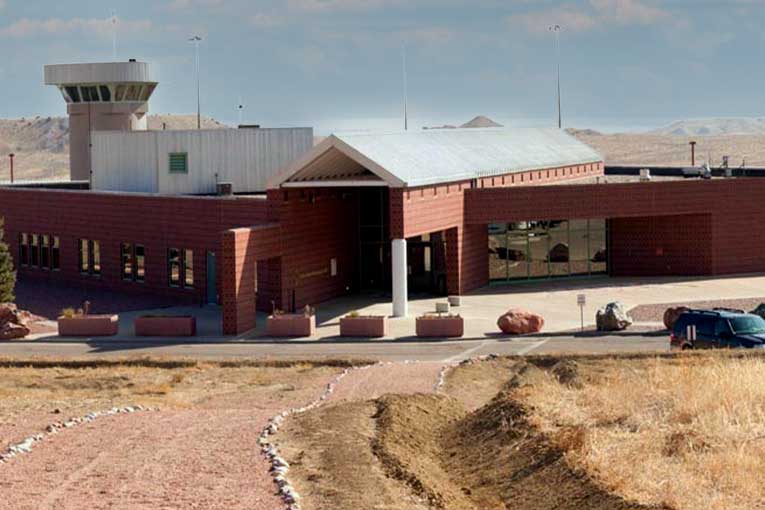
ADX Florence, located in Colorado, is one of the most secure Supermax prisons in the United States.
Known for housing some of the country’s most dangerous and high-profile inmates, including terrorists and organised crime leaders, ADX Florence is designed for extreme isolation.
Inmates spend approximately 23 hours a day in their cells with limited human contact.
The facility is equipped with advanced security features, making it challenging for inmates to escape or communicate with the outside world.
Despite controversies, ADX Florence remains a critical component of the U.S. federal prison system.
Wisconsin Secure Program Facility
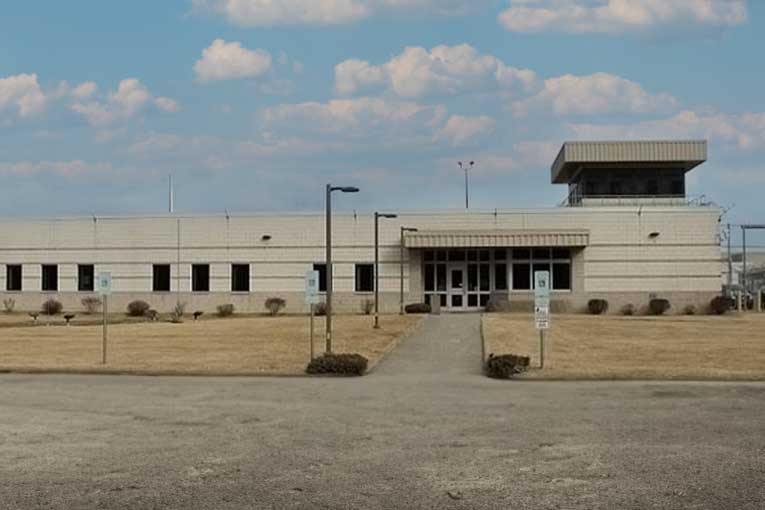
The Wisconsin Secure Program Facility (WSPF) is a Supermax prison designed for high-security inmates in Boscobel, Wisconsin.
Known for its stringent security measures, WSPF houses individuals considered disruptive or dangerous within the prison system.
Inmates face extreme isolation, restricted movements, and limited privileges.
The facility focuses on maintaining a controlled environment to prevent escapes and enhance staff and inmate safety. WSPF plays a crucial role in managing high-risk individuals within the Wisconsin Department of Corrections.
Red Onion State Prison
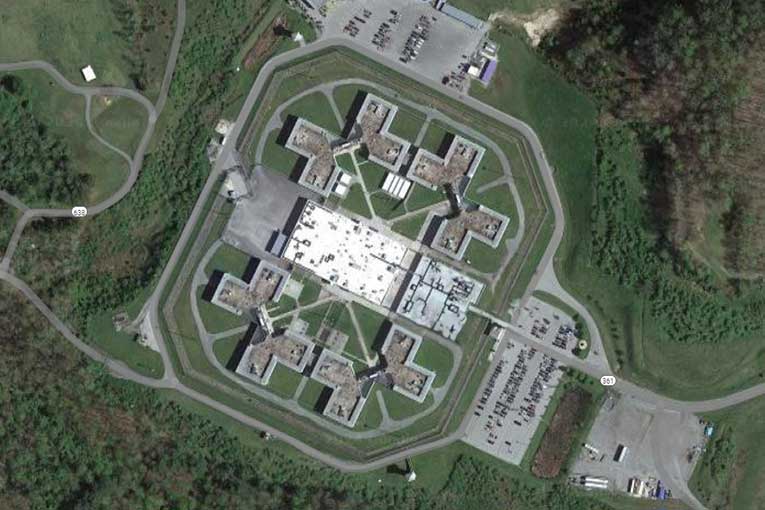
Red Onion State Prison, situated in Virginia, is a Supermax facility designed for high-security inmates.
Known for its strict confinement policies, Red Onion is committed to housing dangerous and disruptive individuals.
Inmates experience extensive isolation and limited interaction, emphasising security and control.
The prison employs advanced security measures to prevent escapes and maintain order. Red Onion State Prison is a key component of Virginia’s corrections system, addressing the challenges posed by some of the state’s most high-risk offenders.
Ohio State Penitentiary

Ohio State Penitentiary, located in Youngstown, Ohio, is a high-security prison known for its Supermax designation.
Designed to house the most dangerous and disruptive inmates, the facility emphasises strict control and security measures.
Inmates at Ohio State Penitentiary experience extreme isolation, limited privileges, and restricted movements.
The prison’s focus on maintaining order and preventing escapes contributes to its reputation as a critical component of Ohio’s corrections system, managing individuals deemed high-risk within the state’s prison population.
Infamous Supermax Prisoners
Dzhokhar Tsarnaev
Dzhokhar Tsarnaev, a perpetrator of the 2013 Boston Marathon bombings, is incarcerated at ADX Florence.
Sentenced to death, Tsarnaev was transferred to ADX Florence due to its status as a Supermax prison.
Ted Kaczynski
Ted Kaczynski, infamously known as the Unabomber for his nationwide bombing campaign, is incarcerated at ADX Florence.
Housed in this Supermax prison, Kaczynski is subject to extreme isolation and heightened security measures due to his high-profile and dangerous criminal history.
Richard Reid
Richard Reid, known as the “Shoe Bomber” for attempting to detonate explosives aboard a flight, is held at ADX Florence.
Serving a life sentence, Reid’s placement at ADX Florence reflects the facility’s role as a Supermax prison for high-security inmates.
Robert Hanssen
Robert Hanssen, a former FBI agent turned notorious spy, is held at ADX Florence.
He is serving a life sentence for espionage, and Hanssen’s incarceration at ADX Florence underscores the facility’s reputation for managing high-profile prisoners.
Conclusion
Hopefully you now have more of an understanding of what is a Supermax prison.
Supermax prisons, with their intense security measures and isolation practices, represent a complex intersection of safety, control, and ethical considerations within the criminal justice system.
As these institutions continue to house some of the most notorious inmates, the ongoing discourse surrounding their benefits and drawbacks underscores the challenging nature of balancing security needs with humane treatment within the sphere of corrections.


